- News
- Reviews
- Bikes
- Components
- Bar tape & grips
- Bottom brackets
- Brake & gear cables
- Brake & STI levers
- Brake pads & spares
- Brakes
- Cassettes & freewheels
- Chains
- Chainsets & chainrings
- Derailleurs - front
- Derailleurs - rear
- Forks
- Gear levers & shifters
- Groupsets
- Handlebars & extensions
- Headsets
- Hubs
- Inner tubes
- Pedals
- Quick releases & skewers
- Saddles
- Seatposts
- Stems
- Wheels
- Tyres
- Tubeless valves
- Accessories
- Accessories - misc
- Computer mounts
- Bags
- Bar ends
- Bike bags & cases
- Bottle cages
- Bottles
- Cameras
- Car racks
- Child seats
- Computers
- Glasses
- GPS units
- Helmets
- Lights - front
- Lights - rear
- Lights - sets
- Locks
- Mirrors
- Mudguards
- Racks
- Pumps & CO2 inflators
- Puncture kits
- Reflectives
- Smart watches
- Stands and racks
- Trailers
- Clothing
- Health, fitness and nutrition
- Tools and workshop
- Miscellaneous
- Buyers Guides
- Features
- Forum
- Recommends
- Podcast
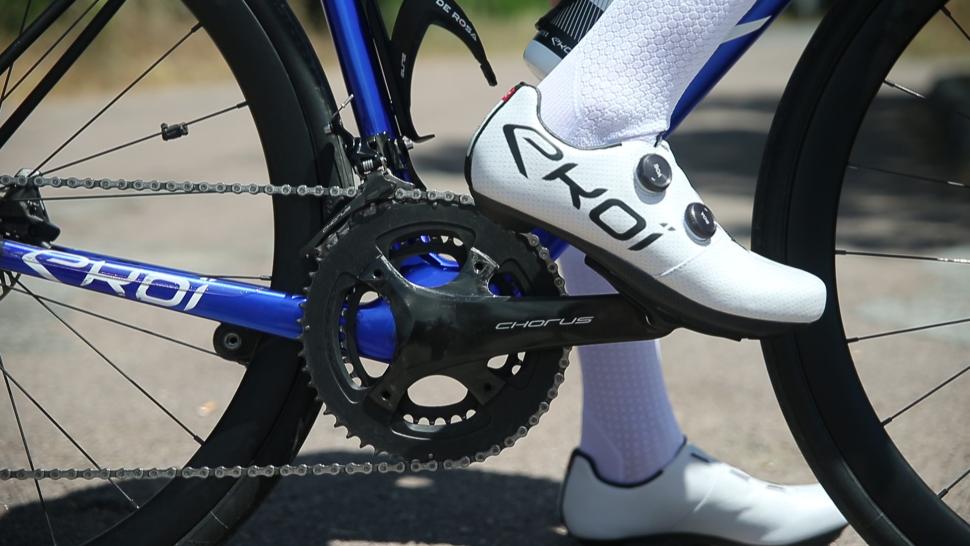 2024 Ekoi PW8 pedal system first ride 2
2024 Ekoi PW8 pedal system first ride 2How important is pedalling technique? Here's why a top Tour de France bike fitter think it's essential
How much do you think about your pedal technique when cycling? Never? We thought as much. Which is a mistake, says Visma–Lease a Bike biomechanics and bike fitting expert Jon Iriberri, who could be about to take pedal analysis and improvement to another level. In this article, we'll find out why the way you pedal should be high up your list of things to work on when trying to get faster and more efficient on the bike.
Iriberri is Visma–Lease a Bike's silent Spanish assassin. A countenance that’s best described as brooding, intensified by dark black hair and eyebrows. You wouldn’t mess with this brawny Basque bloke down a dark alley. Or question his biomechanical biking knowledge, as he’s researched this underappreciated area of cycling for 25 years, 15 of which he’s been working with professional teams. First Movistar and then, for the past nine years, the team currently known as Visma–Lease a Bike.
> Everything you need to know about bike pedals
In that time, Iriberri has helped a team struggling to reinvent itself after the doping scandals of Rabobank into arguably the strongest outfit in world road cycling. As a snapshot, at time of writing we have two Tour de France triumphs for Jonas Vingegaard, nine Tour stage wins for Wout van Aert and, before his move to Red Bull Bora-Hansgrohe, three Vuelta a Espana and one Giro d’Italia triumph for Primoz Roglic.
Iriberri is one of the world’s leading bike fitters and, as he revealed in Italy, he’s a man on a mission to perfect the art of pedalling. Just before the Grand Depart in Florence, the world’s foremost cycling scientists and practitioners attended the Science & Cycling conference, where Iriberri revealed his potentially game-changing pedalling invention.
Analyse and improve
“I’ve developed new torque profile analysis software that delivers immediate feedback after a training session or race,” Iriberri explained. “It easily identifies if there is a problem and how to amend it.”
Iriberri was a big fan of Pioneer and its force-monitoring technology, both from a training and bike-fitting standpoint. Shimano bought out Pioneer in 2020 and, soon after, banished Pioneer power meter products, instead focusing on its own power technology. With it went Pioneer's force-vector display that many, like Iriberri, saw as priceless in improving a cyclist’s pedal stroke.
Now, he’s developed new software to extract raw data from power meters in order to undertake advanced analytics. These, he breaks down into six areas: maximum and medium torque; maximum and minimum torque to assess gross efficiency; arch degree (degree which the toe is lower than the heel) at 90° maximum torque; ankle stiffness for stroke acceleration; balance between right- and left-hand power; and an area that Q1 30° torque, which we couldn’t 100% pin down what that meant but it was again designed to analyse stroke acceleration.
The software, says Iriberri, is still in development, but he says could be result in greater understanding of pedalling dynamics – and then result in big gains.
“Some riders could improve their performance by 7-8% by really focusing on improving their pedal stroke and the torque they generate,” he says.
Even the best riders could improve, with extra focus at training camps and throughout the season.
“The latest research reveals that the range for improvement is much larger than in other performance areas,” Iriberri says.
“The main problem is that changing human behaviour and motor patterns needs time and faith, and we live in a very fast-task world.”
Iriberri works across the Visma–Lease a Bike team and suggests that the torque generated throughout the stroke subtly different depending on their role with, understandably the lightweight climber torque profile being different than a sprinter’s.
“Also, the pedal stroke of the long endurance riders – the GrandTour riders – is more efficient than the one-day racers,” he adds.
Low-cadence, high-intensity work
With his software, Iriberri is confident you can lift the lid on every pedal stroke and its efficiency, leading to specific training drills and sessions off the back of it, with Iriberri suggesting that working on lower cadence at higher intensities is the fastest way to improve your pedalling.
> Cycling cadence: how fast should you pedal?
Just note that for less-trained cyclists, start low and build up, which paradoxically means starting at cadence of higher revolutions per minute (rpm) and gradually decreasing it. Start at a cadence of 30-40rpm and your knees could suffer. So, shift into a gear where you can cycle at a 50-55rpm cadence and reduce it. Athletes who’ve been riding for years can ride at 30-35prm for 10mins without trouble.
Iriberri’s also a proponent of strength training in the gym to crank up force production with squats a particular favourite. He also recommends working on ironing out any imbalances between left and right pedals, as this boosts efficiency and reduces the chances of injury. However, it’s not uncommon for elite riders to have a 48-52 split that balances out as they pedal harder. But if your split is significant, you should see a bike fitter.
Pedal breakdown
From a road.cc point of view, as you search for souplesse, it's key that you push from the one o’clock position right through to the seven o’clock position. This engages the big muscles like the quadriceps. To achieve this pedalling Holy Grail, you must have the correct position to start with. That’s why again a professional bike fit’s the ideal, especially if you have that left-right imbalance Iriberri highlighted.
> The things I learnt from a professional bike fit
Another key factor behind efficient pedalling is the degree of ankle movement through the 360° rotation – otherwise known as ankling. Tradition suggests that the ankle should remain neutral. Mind you, whatever you think of him Lance Armstrong was a noted toes-down (plantarflexer) cyclist compared to former world time-trial champion Santiago Botero, who’d lead with his heels down (dorsiflexer).
Is there an ideal? A study out of San Diego University by professor Daniel Cannon compared the effects of 7° dorsiflexed or plantarflexed ankles on 11 fit recreational cyclists. The results suggested that dorsiflexed is significantly less efficient than neutral and plantarflexed with oxygen cost higher to generate the same power output.
As for your perfect cadence when out on a road or in a race, again is there an optimum? Potentially, though it’s horses for courses. An Italian study that measured the cadence of seven professional cyclists during the 2000 Giro d’Italia, Tour de France and Vuelta a Espana discovered that the preferred cadence during the high mountains averaged 71rpm compared to 89rpm during flat time trials and 92rpm in long, flat road stages.
In general, someone who’s training three or four hours a week might find they naturally develop their riding at a low cadence, which is why a lot of sportive riders will have a cadence of 75rpm. They’ve developed a muscular strength by doing the minimal amount of training, but if they’d done more cardiovascular work, they’d be able to handle cadence at a higher rate.
In short, greater cardiovascular fitness offers a higher range of cadence than muscular strength alone, and higher workload generally requires a higher cadence. And this is the eternal problem for sportive riders. To improve your cardiovascular fitness requires time – long, regular rides to force a number of physiological adaptations. But it’s worth it, as those adaptations include better bloodflow to the muscle, more efficient energy transfer and an increase in mitochondrial density. These are micro-organelles in the muscles and responsible for burning fat and carbohydrates for fuel. Research has shown that trained individuals show a 400% increase in mitochondria density over sedentary folk.
Iriberri’s a man on a mission to improve your pedal stroke and crank up your speed. After listening to him present for 45mins on torque profiles, heel drops and gross efficiencies, we feel he has a point...
James is an experienced cycling writer whose palmares includes penning three books. His latest, Riding with the Rocketmen, charted his painful journey to the Etape du Tour finish line. Along the way, he learnt from Ineos in Andorra, got aero with Lawson Craddock in a wind-tunnel and cyclocrossed with Nick Craig. Despite that, he remained steadfastly moderate! He also edits the official Tour de France Guide, plus pens words for many other outlets, both in print and digital.
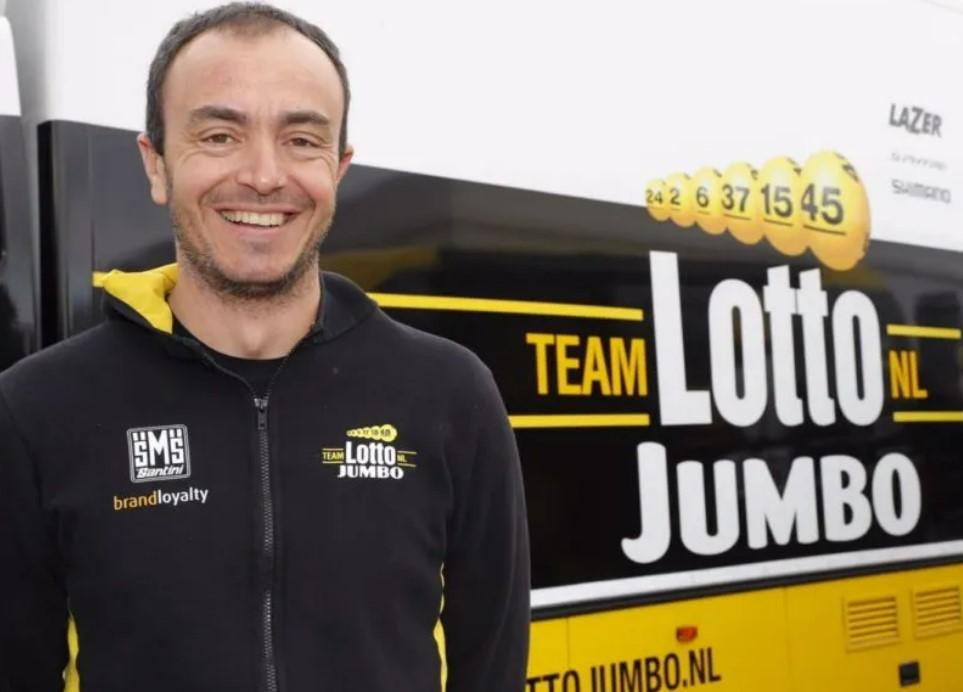
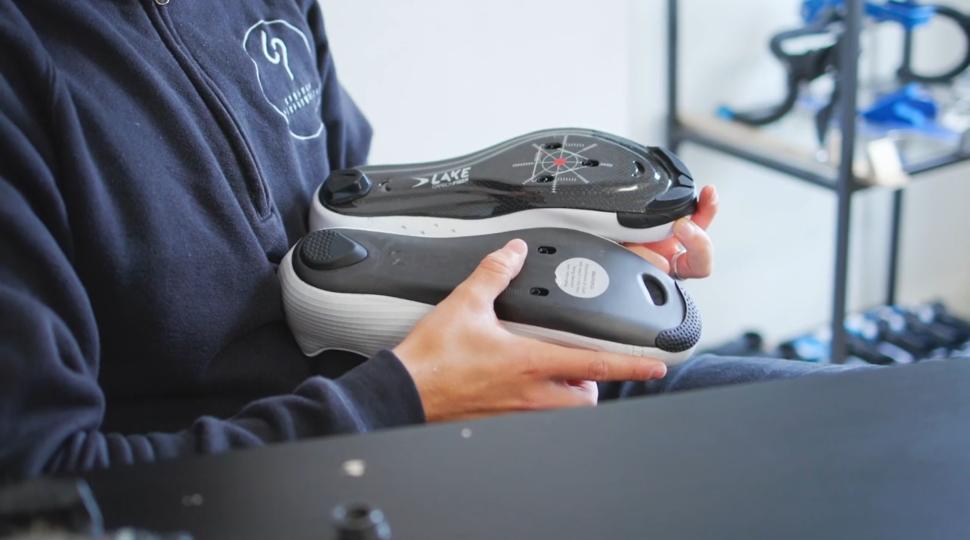
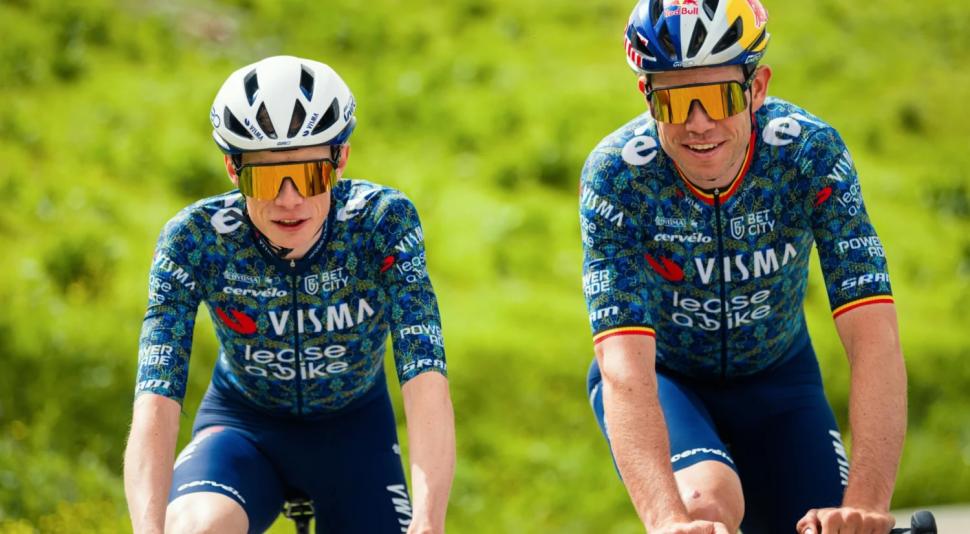


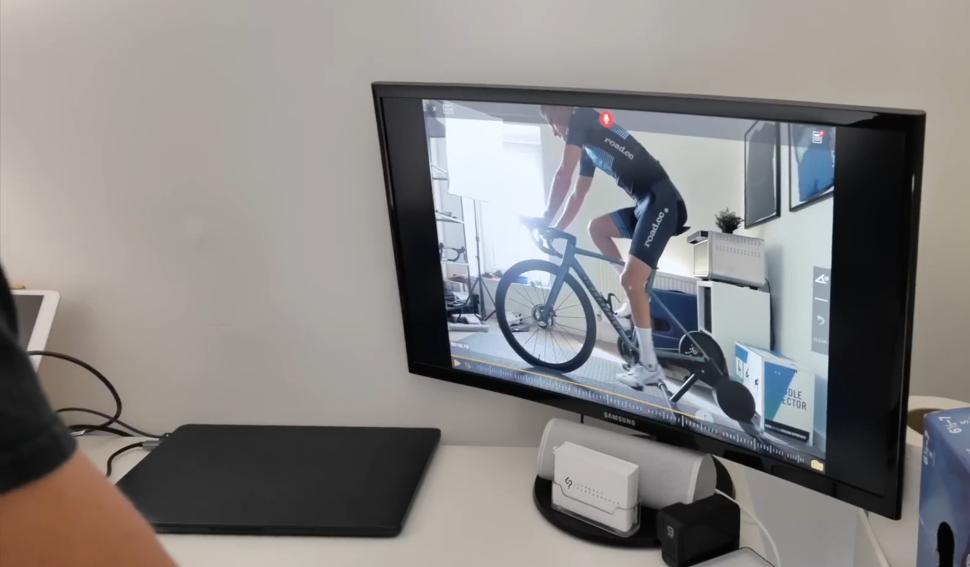
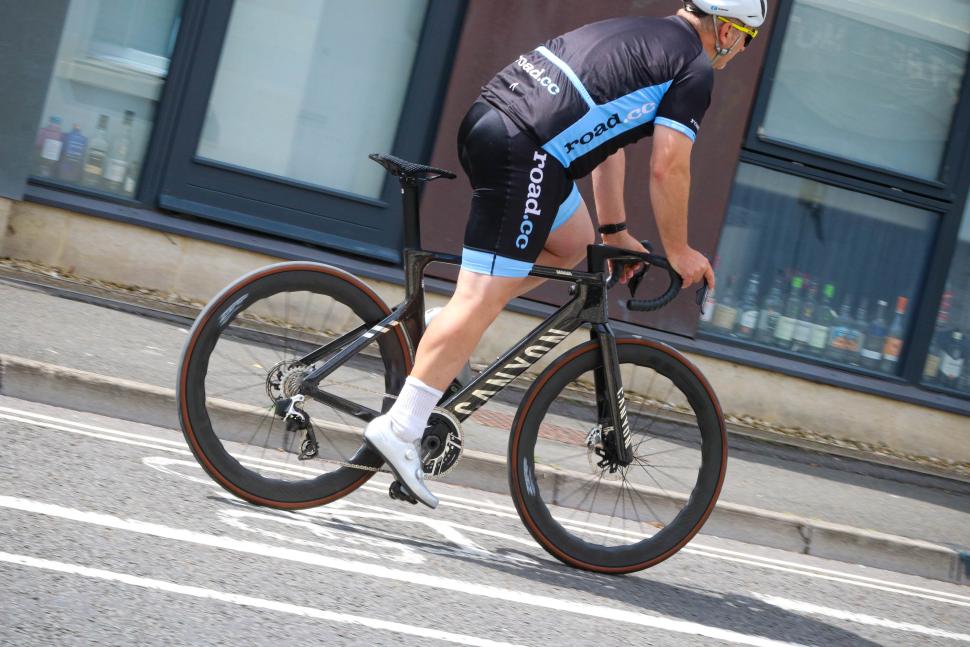

Local to me: 3 injured after multi-vehicle crash in Downtown Peoria....
Anodizing the aluminium is also for corrosion resistance and therefore enhances the longevity of the rims while this is not really a case for...
Wheelsmith has always been very good for me. Malcolm was always very opinionated so I got bored with him telling me I should be riding tubeless,...
I assume you can carry an e-bike battery on the tube if you leave the bike at home. ...
I love it - it's a roundabout with a sculpture of a roundabout on its desk!
From the position of the cyclist when the video starts and the position of the bike later, it looks highly unlikely that the cyclist went "into the...
To rhyme with design. I wondered this myself so looked it up a while ago, according to the founder Micki Kozuschek he and his team had a few...
It's not being pedantic at all, careless driving is successfully prosecuted (and I have been in court more than once when a driver has been...
It's hopefully an urban myth but I heard it was designed that way on purpose, so the cyclepath captured any flooding and the busway would remain clear
I should imagine eating chopsticks anywhere could be potentially rather perilous.